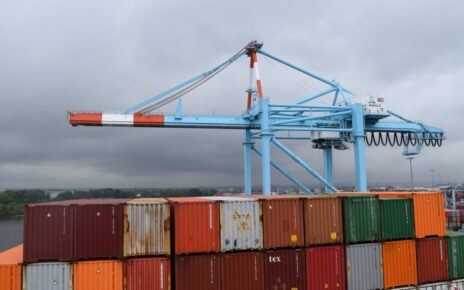EU MRV and the IMO DCS. The shipping industry is responsible for about 3% of global greenhouse gas (GHG) emissions, and this share is expected to increase in the future. To address this challenge, the European Union (EU) and the International Maritime Organization (IMO) have introduced two different but complementary regulations to monitor, report and verify (MRV) the carbon emissions of ships:
EU MRV and the IMO DCS
The EU MRV (Monitoring, Reporting and Verification) regulation applies to ships above 5,000 gross tonnage (GT) that call at any port in the EU, Norway or Iceland. It requires ship owners and operators to monitor and report their CO2 emissions, fuel consumption and transport work for each voyage to and from these ports. The data is verified by an accredited third-party verifier and submitted to a central database managed by the European Maritime Safety Agency (EMSA). The first reporting period started on 1 January 2018 and covers the calendar year. The aggregated data is made publicly available by the European Commission every year.
The IMO DCS (Data Collection System) regulation applies to ships above 5,000 GT that engage in international voyages. It requires ship owners and operators to collect data on their fuel oil consumption, distance travelled and hours underway for each calendar year. The data is verified by the flag state or a recognized organization and submitted to a central database managed by the IMO. The first reporting period started on 1 January 2019 and covers the calendar year. The aggregated data is kept confidential by the IMO and used for analysis and policy development.
The main differences between the EU MRV and the IMO DCS are:
– Scope: The EU MRV covers voyages to and from ports in the EU, Norway and Iceland, while the IMO DCS covers international voyages regardless of port of call.
– Parameters: The EU MRV requires data on CO2 emissions, fuel consumption and transport work, while the IMO DCS requires data on fuel oil consumption, distance travelled and hours underway.
– Verification: The MRV requires verification by an independent third-party verifier, while the DCS requires verification by the flag state or a recognized organization.
– Transparency: The EU MRV makes the data publicly available, while the IMO DCS keeps the data confidential.
The EU MRV and the IMO DCS aim to provide reliable and comparable data on the carbon footprint of ships, which can be used to inform policy making and incentivize emission reduction measures. They also help ship owners and operators to identify potential areas for improvement in their operational efficiency and fuel management. However, complying with both regulations can pose some challenges for the shipping industry, such as:
– Data collection: Ship owners and operators need to ensure that they have adequate systems and procedures in place to collect accurate and consistent data for both regulations, which may differ in terms of scope, parameters and frequency.
– Data reporting: Ship owners and operators need to submit their data to different entities (EMSA for the EU MRV and IMO for the IMO DCS) using different formats (electronic templates for the EU MRV and standardized forms for the IMO DCS) within different deadlines (30 April for the EU MRV and 31 March for the IMO DCS).
– Data verification: Ship owners and operators need to undergo two separate verification processes for each regulation, which may involve different verifiers, methods and costs.
To facilitate compliance with both regulations, some harmonization efforts have been made by the EU and the IMO. For example:
– The EU has adopted a delegated act that allows ship owners and operators to use a single reporting format that covers both the the parameters. This format can be used as an alternative to the electronic templates for the EU MRV.
– The IMO has adopted a resolution that encourages flag states and recognized organizations to accept data verified under the EU MRV as fulfilling the verification requirements of the IMO DCS. This resolution can reduce duplication of verification efforts for ships that comply with both regulations.
In conclusion, both are two important regulations that aim to enhance transparency and accountability of GHG emissions from ships. They also provide valuable data that can support policy making and emission reduction initiatives in the shipping industry. However, complying with both regulations can pose some challenges for ship owners and operators, who need to collect, report and verify data according to different rules and standards. Therefore, harmonization efforts between the EU and the IMO are welcome and should be continued to simplify compliance procedures and reduce administrative burdens.



